Rebellion…Еvolution in painting.


German Expressionists - evolution in painting. Rebellion… This word briefly conveys the meaning of expressionism, a style that appeared in Germany at the beginning of the XX century as a response to a closed, authoritarian and conformist society.

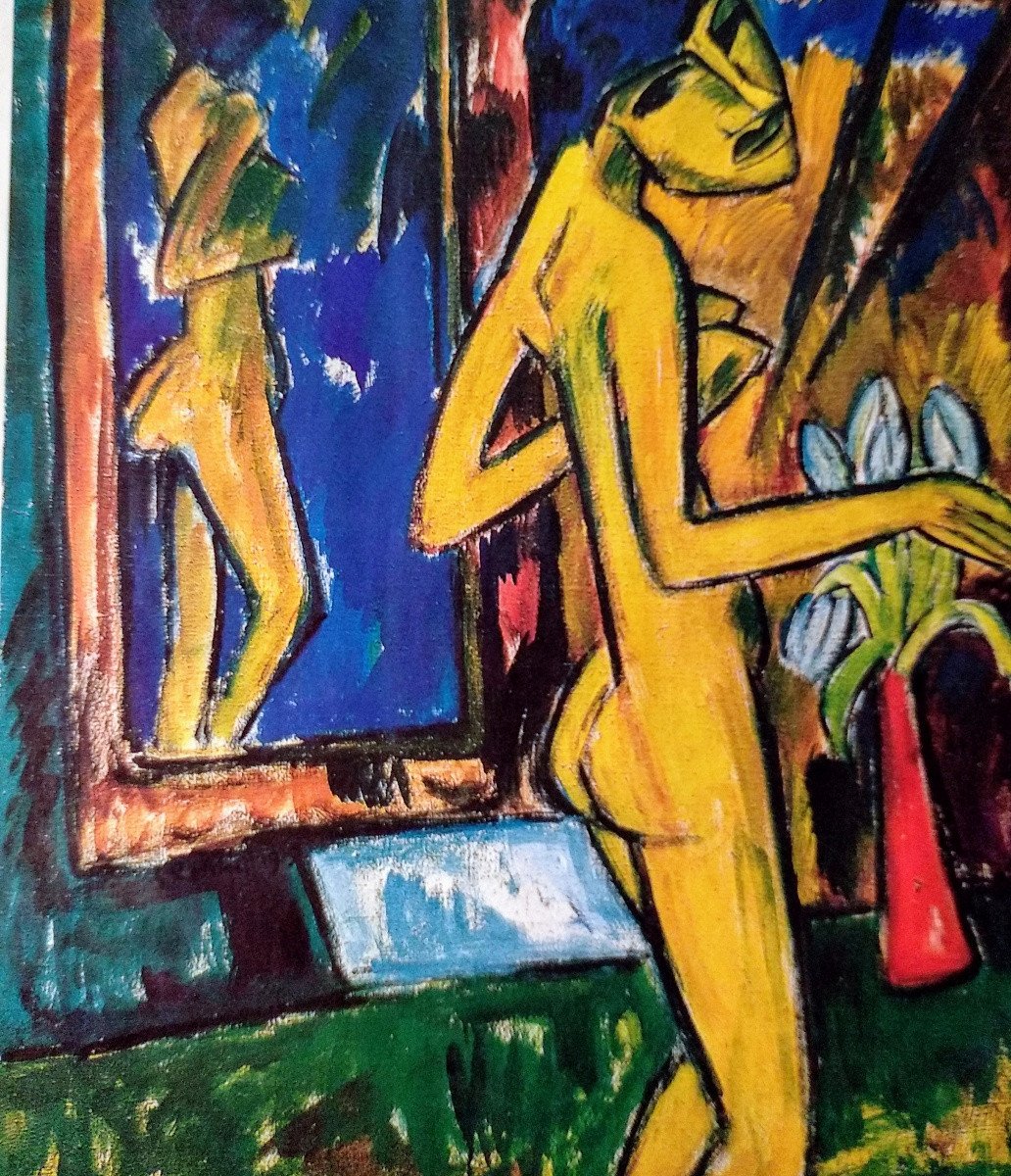
The history of this rebellion has begun in Dresden, the capital of Saxony, and in Munich. In 1905 Four German architectural students Ernst Ludwig, Eric Haeckel, Carl Schmidt, Franz Blayl create the "Die Brucke" (bridge) Group. Young artists edited a manifesto that declared a renunciation of any demonstration of artistic academicism and tradition. They believed that "Die Brucke" is a bridge to the future, into a new world, a messenger of painting renewal. "With us are all those, who lively and clearly express their own creative impulses." From the very beginning, collective exhibitions organized by "Bridge"; have not caused a lot of interest among the public, but over time "Die Brucke" received more support not only from German artists, but also artists from other countries.
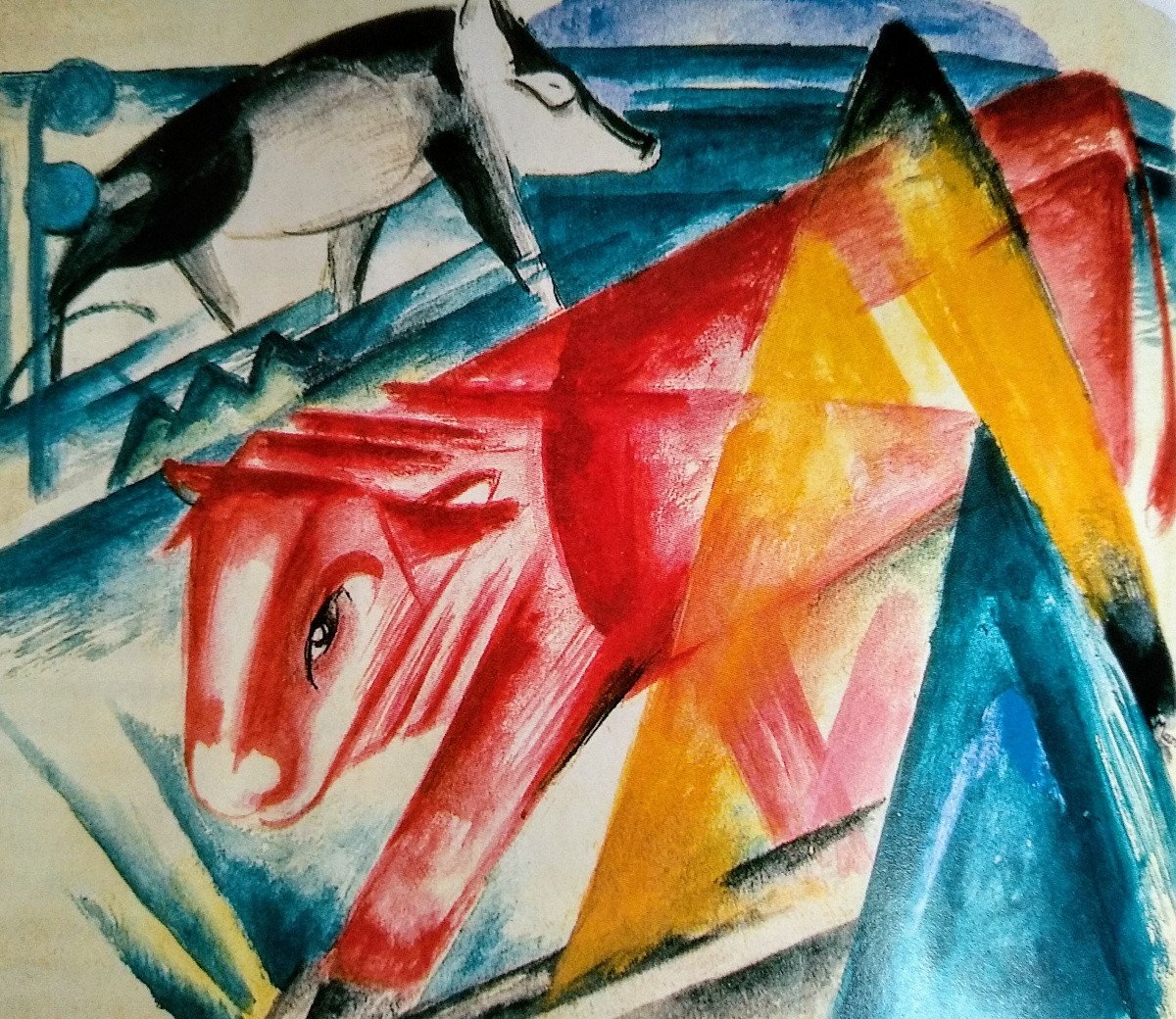

Their studies of color and expression have led to the flourishing of this style, which is characterized by an unusual shapes, bright colors, broken and curved lines and intense rhythm.
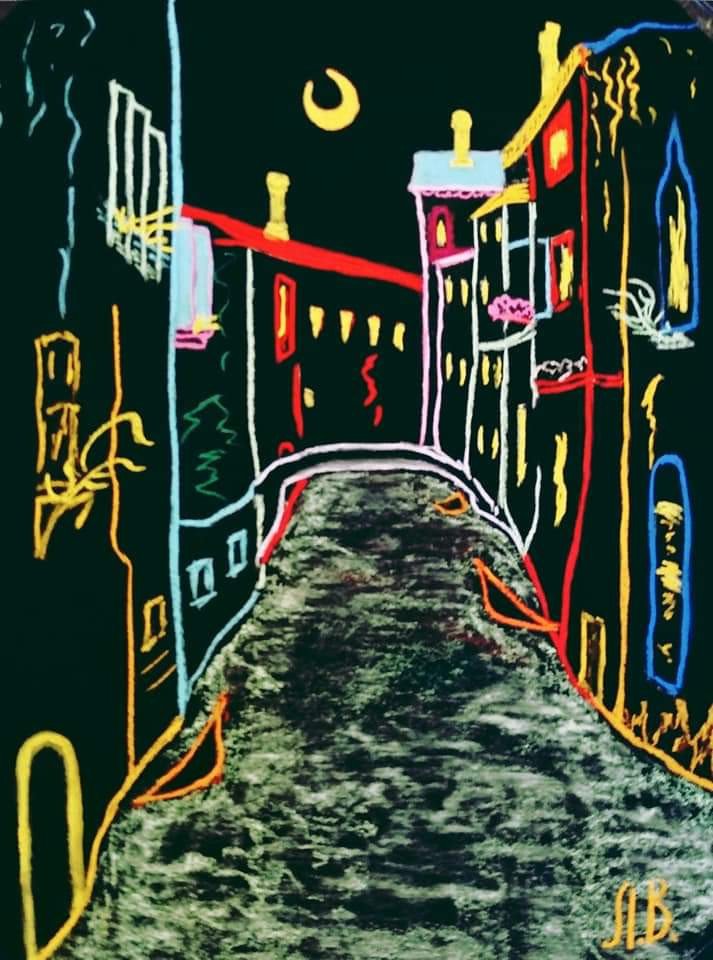
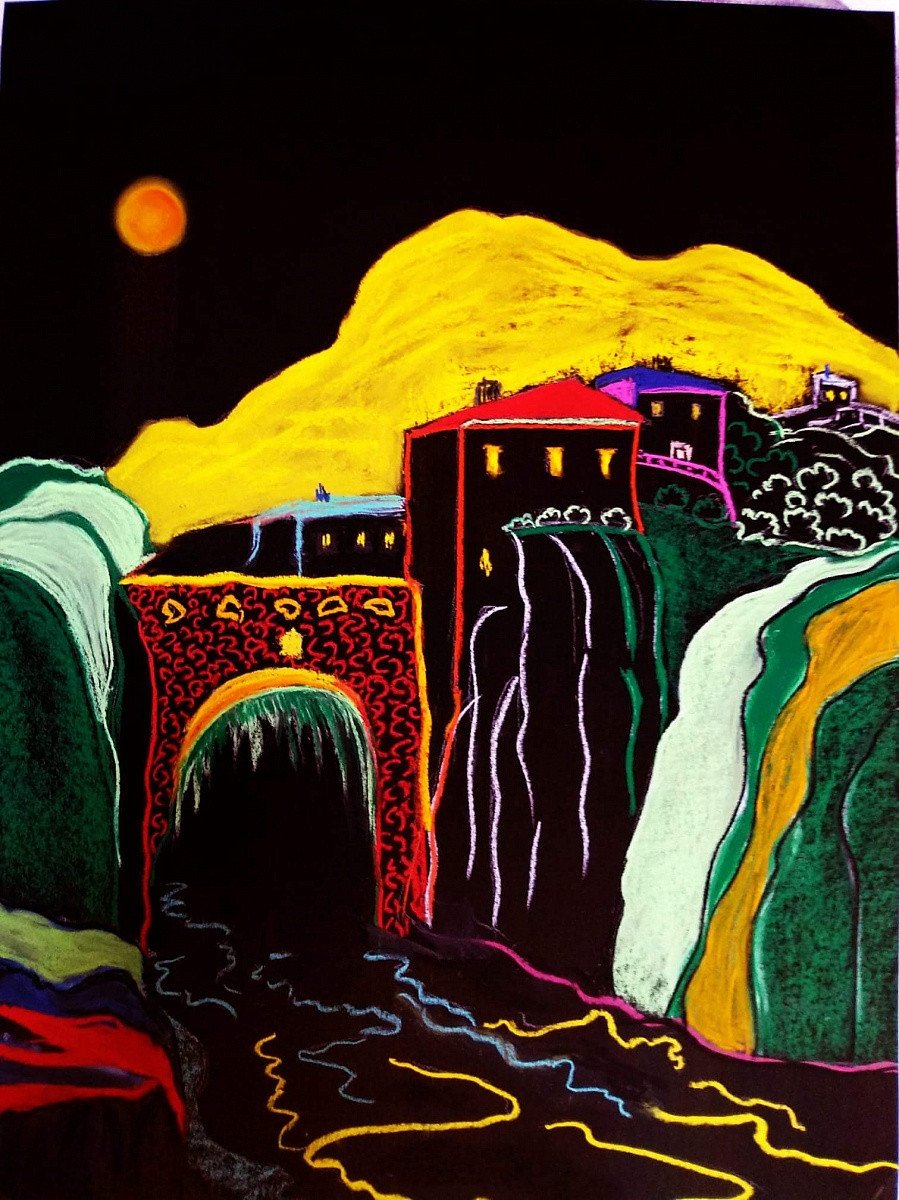
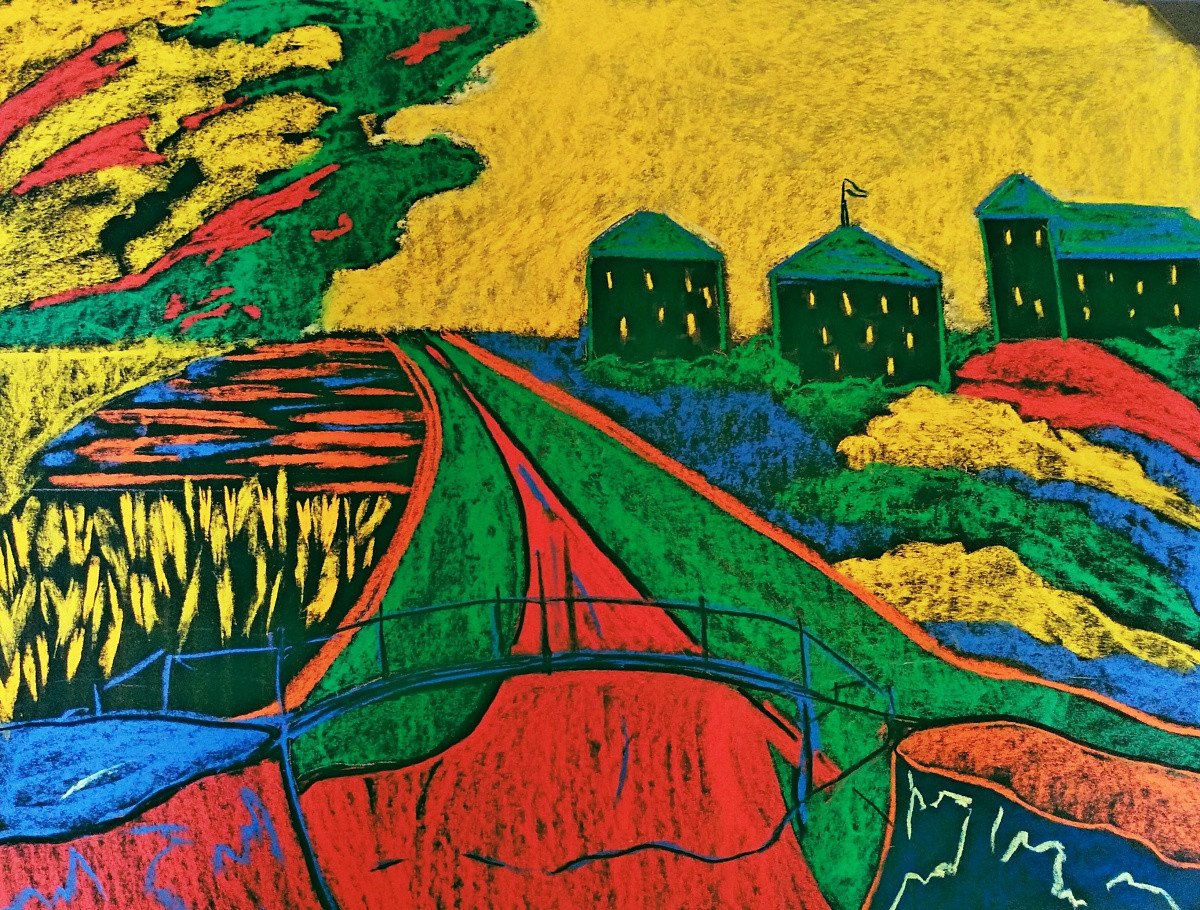
Lena Votkalenko (artist Jose art gallery), Ukraine, Kiev.




















